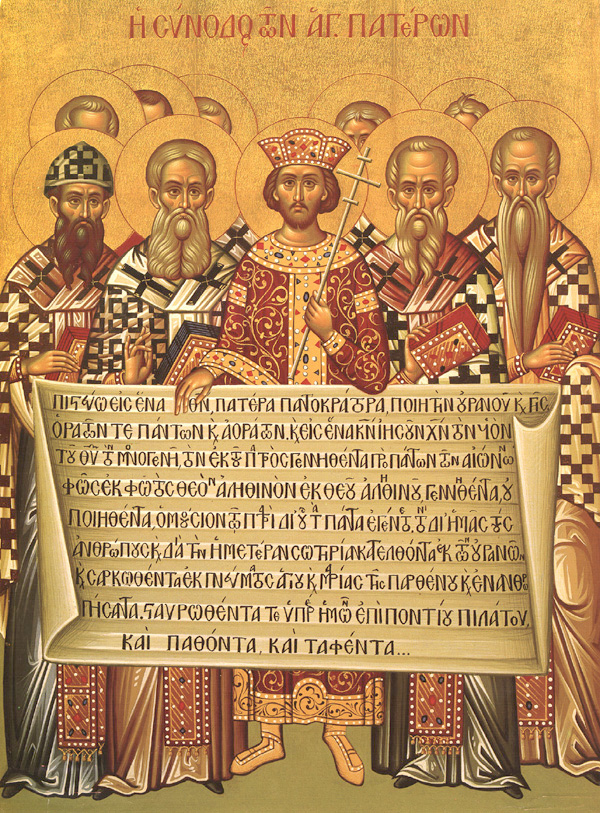Third Ecumenical Council

Nestorius and his followers refused to yield to Saint Cyril’s appeals for repentance. Thus, in 431, in the city of Ephesus, a Church council was summoned by Emperor Theodosius II (r. 408–450) to resolve the issue. On the first day, Nestorius, supported by only ten bishops, still refused to change his mind, so he was condemned by Saint Cyril and his group of 57 bishops, and by Bishop Memnon of Ephesus and his group of 52 bishops. This decision, however, was not accepted by Bishop John of Antioch and his group of 30 bishops, who arrived at the council four days after it started—having been delayed in their travels. They maintained their support for Nestorius, who had previously been an outstanding preacher in Antioch.
The controversy was not resolved until two years later, when Bishop John and Saint Cyril signed the Formulary of Peace of 433, in which the condemnation of Nestorius was reaffirmed, but with language that more clearly honored the typically Antiochian emphasis on the full reality of Christ’s humanity. The Council of 431 (along with the Formulary of Peace of 433) subsequently became known as the Third Ecumenical Council.
